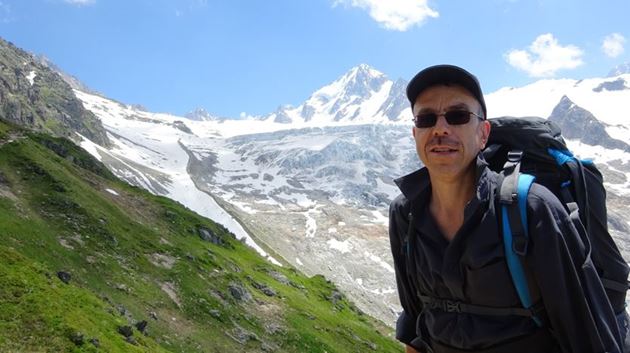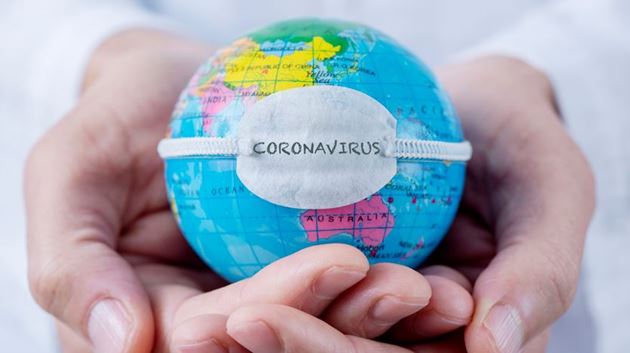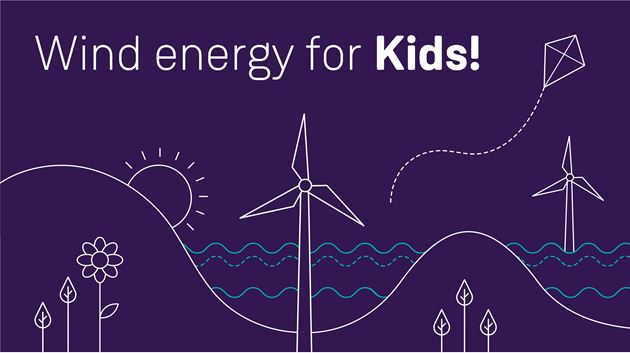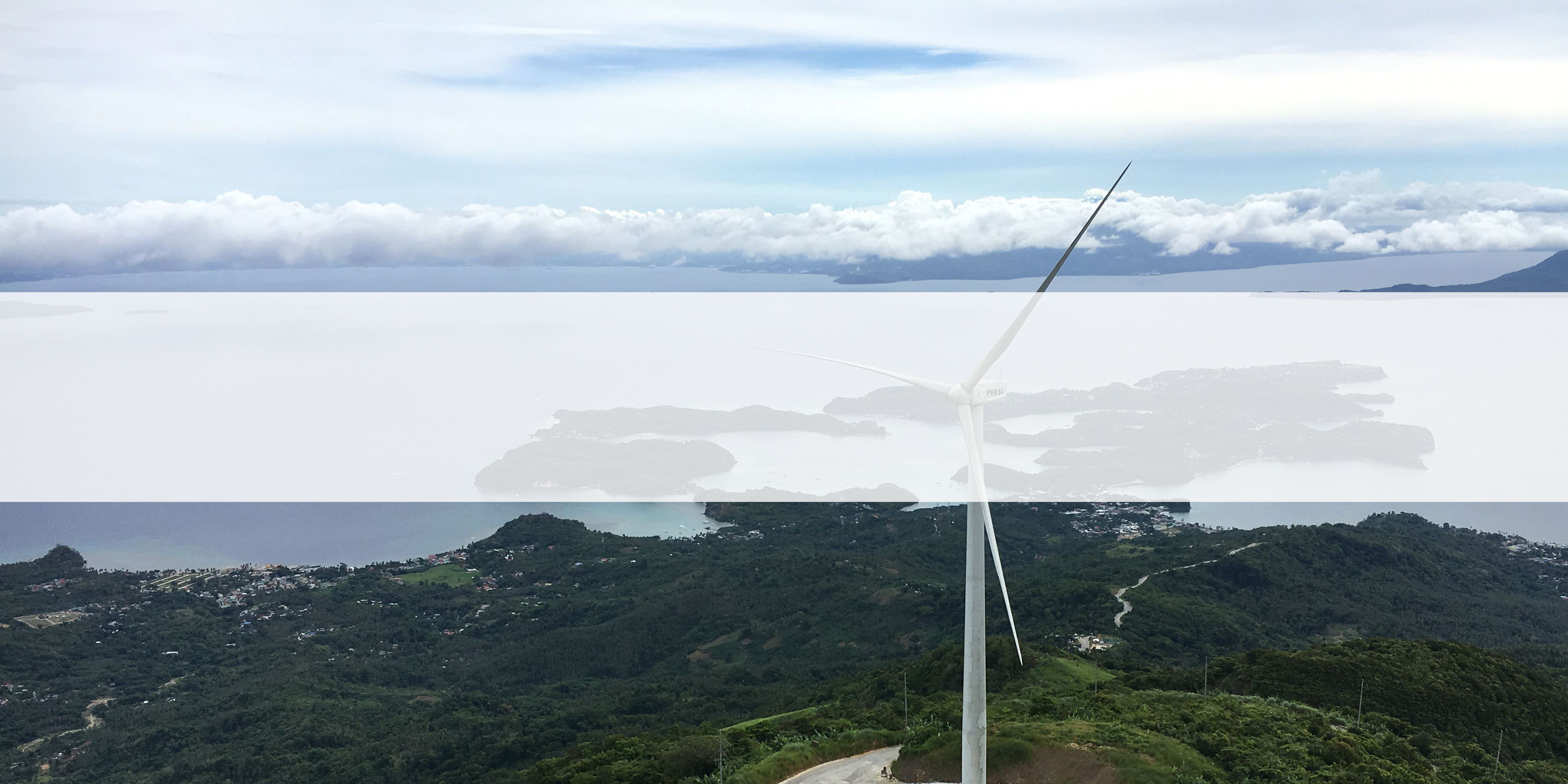
The origin of the hybrid species
The far-flung, volcanic Galapagos Islands visited by Charles Darwin in 1835 as part of his round the world survey voyage played an important role for him in writing his theory of biological evolution ‘On the Origin of Species’ published in 1859.
To this day, the islands are a focal point for further generations of conservationists who aspire to preserve his legacy and help conserve the environment and rich biodiversity of both this cluster of islands as well as of the planet.
Hybrid projects nowadays tend to combine solar or wind energy with a battery storage facility, allowing energy to be stored when it is not needed and released when demand picks up. This energy can either be supplied to an electricity grid, helping to smooth supply to our homes, or work as an off-grid solution, which can be useful for remote islands which often lack access to a grid.
And this was the case for the Galapagos Islands, which relied on diesel for its electricity generation until Siemens Gamesa installed its first hybrid project combining wind with diesel energy production. While a small project, the installation on the island of San Cristóbal reduced diesel emissions by close to 40% in its first year, helping in turn with the island’s conservation commitments.
“The project was one of the first of its kind in the world in an isolated location and had a considerable effect on reducing diesel emissions. Twelve and half years on, and it is still a reference in the beginnings of hybrid energy,” said Alberto Alonso, Head of Renewables and Storage Power Plants Integration Testing, who worked on the Galapagos project.
Indeed, the plant received a number of global industry accolades following its launch.
“There was a lot of expectation surrounding this plant, as it really was one of the first in the world, so it became a benchmark for the Galapagos and Ecuador. The park is famous now and as it is in a prominent position everyone who visits the island sees it,” said Fernando Naranjo at Elecgalapagos which runs the park on San Cristóbal island.
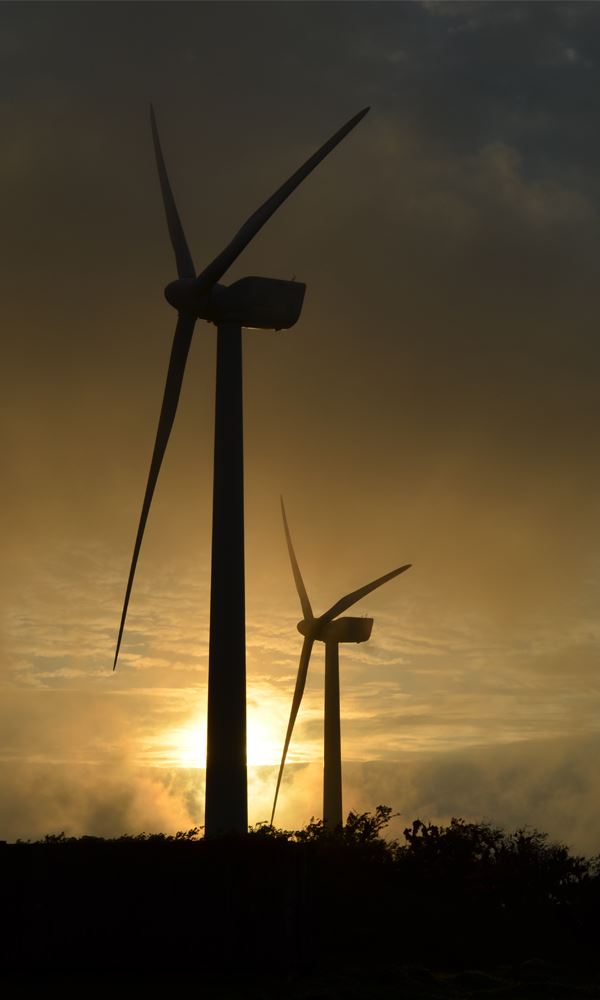
Indeed, the HPC is the brain for the modern hybrid plant, explained Hernando Castillo, Hybrid Systems and Projects expert at Siemens Gamesa. “The HPC can accurately use the weather conditions predictions that will affect the plant, and also knows exactly when and how much energy needs to be stored in the battery.”
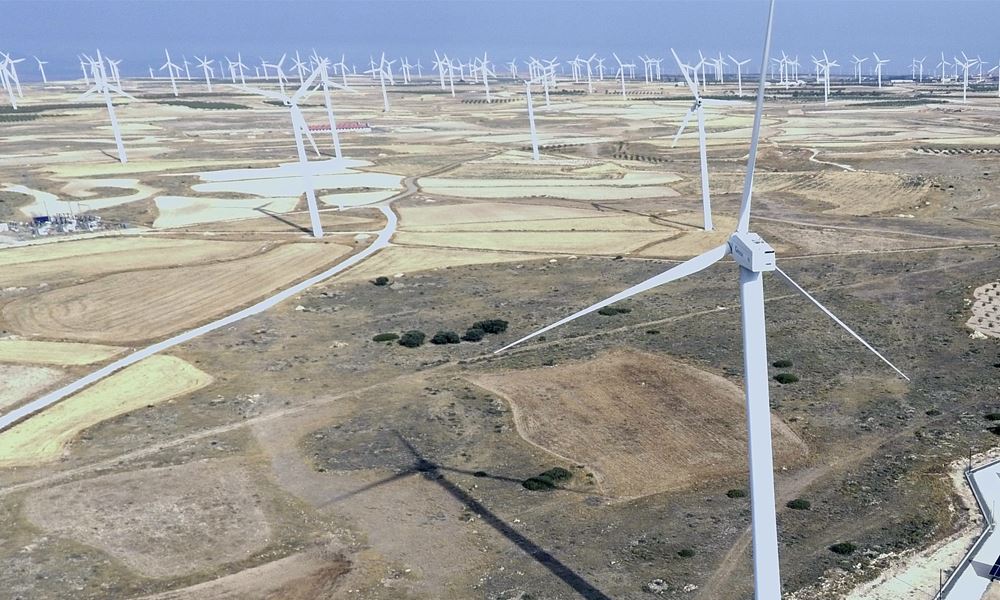
Plants like these can offer isolated islands or countries that do not have a strong electricity grid with a steadier energy supply, including for larger markets such as India and Australia, where Siemens Gamesa also operates large hybrid plants.
“The penetration of renewable energy in today’s electricity systems, falling green energy costs and a drive towards decarbonization mean that operators want more than just a wind farm. I believe that in 3-5 years many of the wind plants we construct will be proposed with some sort of hybrid solution attached,” said Juan Diego Díaz Vega, Onshore Marketing Director at Siemens Gamesa.
Such facilities can prove attractive to energy operators as not only can they provide some stability in moments of stress on the grid, such as a power outage, but they can also be profitable as they store energy in the day when it is more valuable.
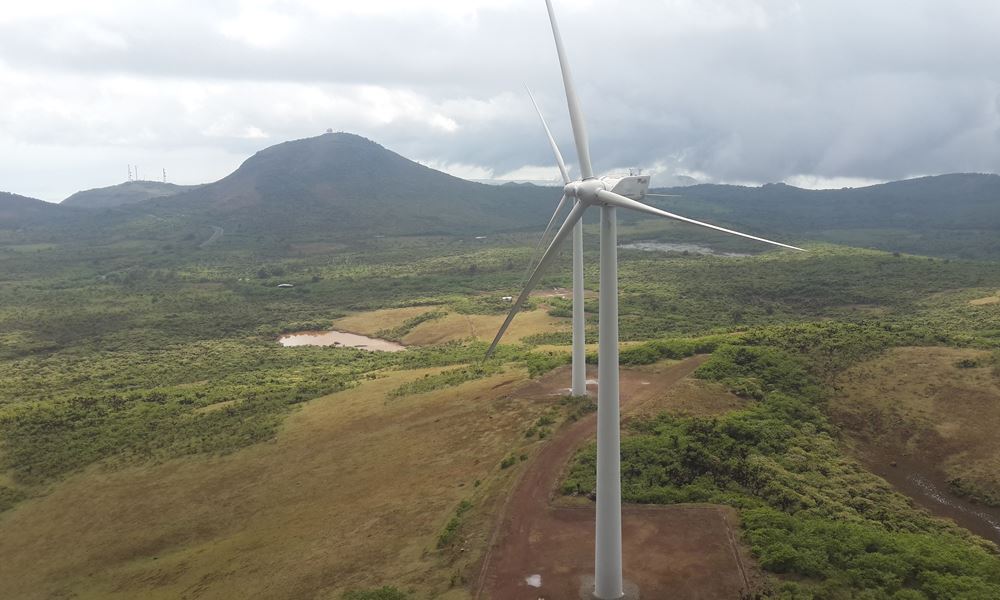
Read more on hybrids here.

